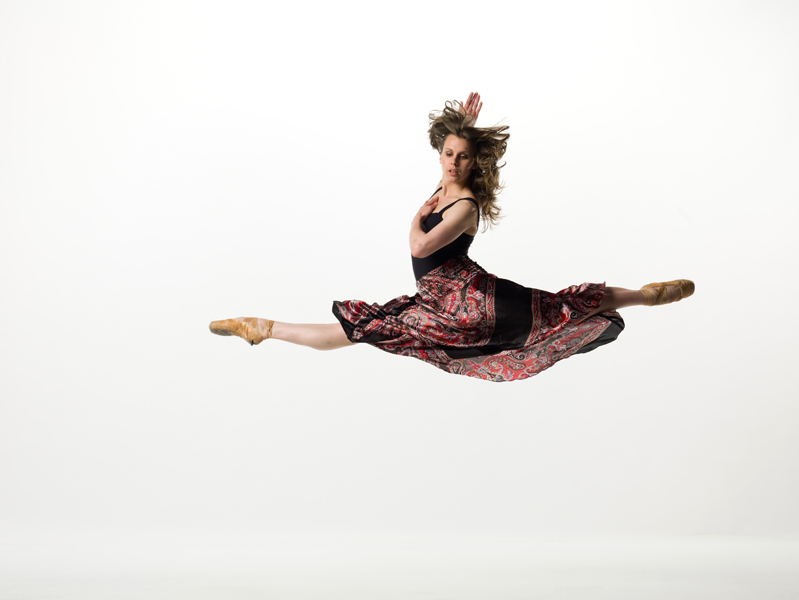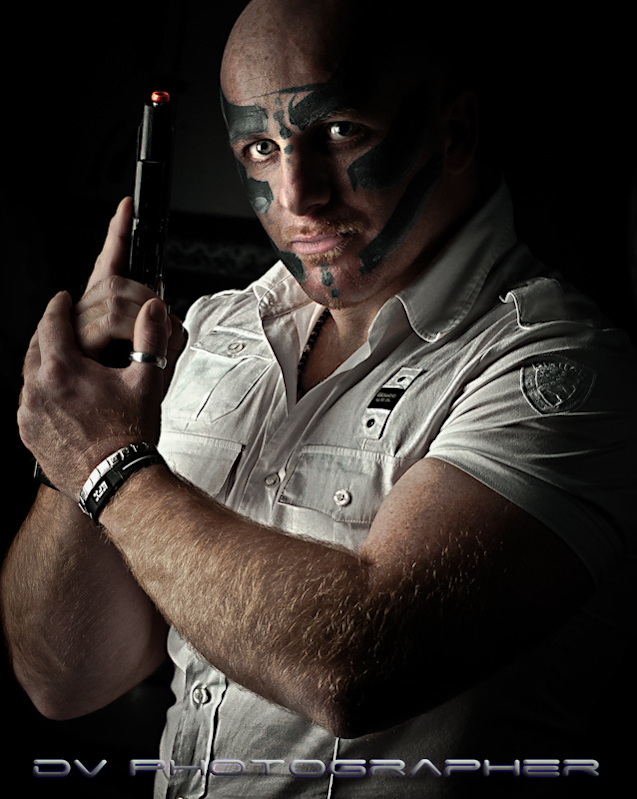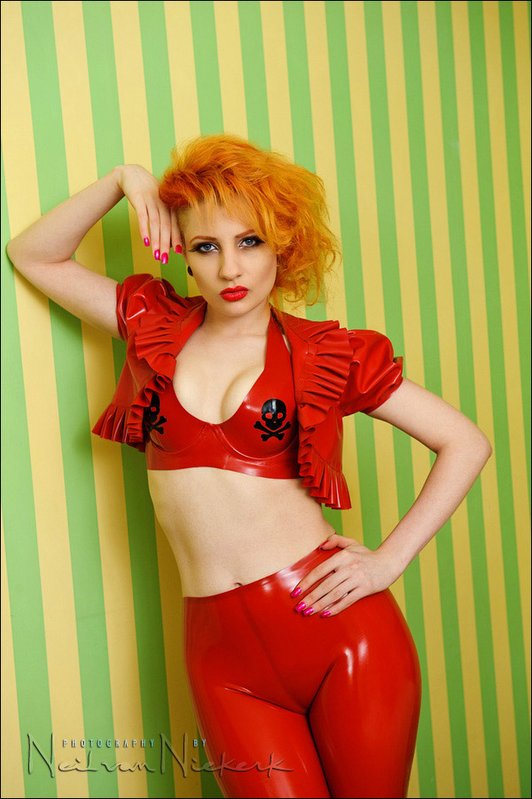Today a great guestblog with a topic I really like, motion 😀 by Steve Wylie
I’ve been a fan of Frank’s work for a long time. When he joined the ranks of instructors at Kelby Training and Photoshop World, I had to meet him. And so I did, last week at Photoshop World in Las Vegas. Frank made a training video for Kelby Training on photographing jumping models. So, as a dance photographer, I was eager to show Frank what a professional dancer could do with some of the same techniques Frank illustrated in his video. Frank graciously took the time to visit with me, and look at a portfolio of dance images I created in the studio of David Cooper, an incredible dance photographer in Vancouver, British Columbia. These images were made in a workshop setting, with dancers from Ballet British Columbia and a contemporary group, the 605 Collective, also from Vancouver.
David’s studio is made for shooting dance, with marley floors to protect the dancers from injury, and a white seamless backdrop. With this “white set”, a wide variety of looks can be achieved via lighting design. The camera is a Hasselblad H3D; the lighting equipment is a series of Dynalite bi-tube strobes, firing off at an incredible 1/2000 second. How do you get 1/2000 second flash duration? By lowering the power output of the strobes. Then, to get the volume of light back to where you need it, you add more strobes at low power. Same short flash duration, more photons to light your dancer.
The exposures were made at ISO 100 at 1/500 second, at apertures ranging from F/5.0 to f/11. The important thing to understand here is that these camera settings, without the Dynalites, result in an image that is totally black. Zero, zero, zero. Thus, the only light contributing to the exposure comes from the strobes. Effectively, that makes the exposure 1/2000 at the chosen f/stop. The result is incredible resolution from the Hasselblad, and absolute freezing of motion due to the short flash duration of the strobes.
Our goals in the workshop were twofold: first, to be able to work with professional dancers, to direct their placement and movement, in essence, to choreograph them; and second, to determine what lighting patterns would work best with any given choreography or “look”. I’ve worked with dancers (mostly younger, competitive dancers) for several years. To achieve a great dance image, it’s important to know what a good dance move is, because dancers are incredibly picky about the most minute detail of the hands, feet, face, or any part of the body. Also, dance companies who may use your image will be equally critical; you’re photographing their “product”, and they want it to be shown in the best way possible. So my primary goal in this workshop was to create commercially usable images, whether or not they would ever be used commercially. As it turns out, most of these images have been requested by the dancers themselves, for use in portfolios or other promotional purposes.
 Read more
Read more
Like this:
Like Loading...






You must be logged in to post a comment.